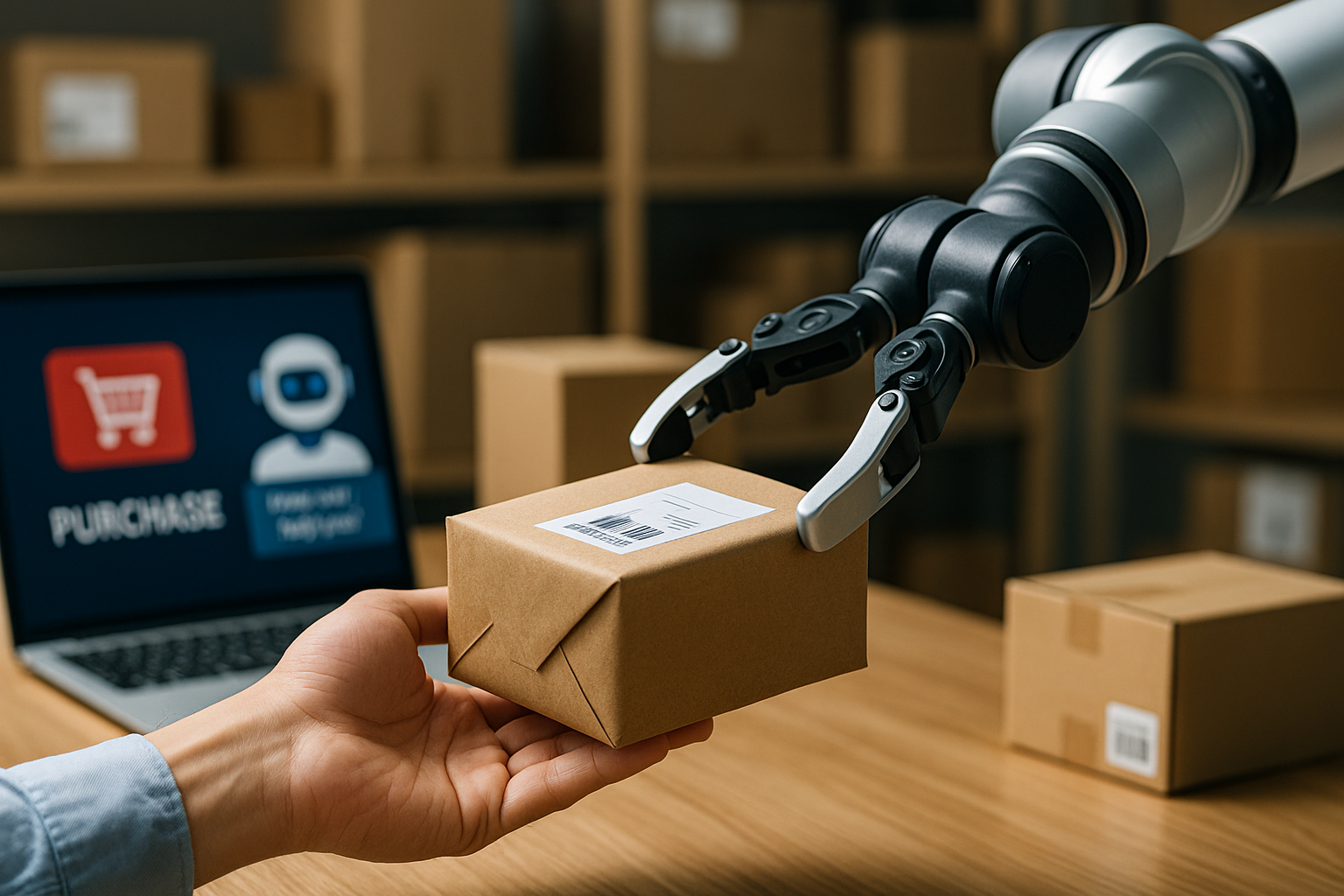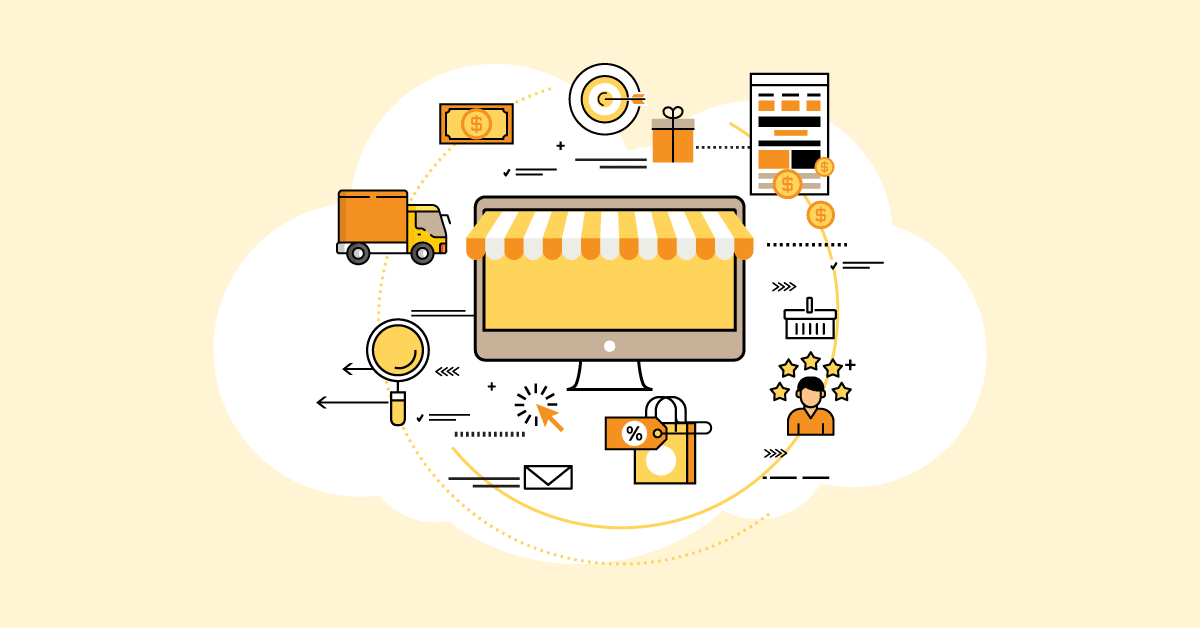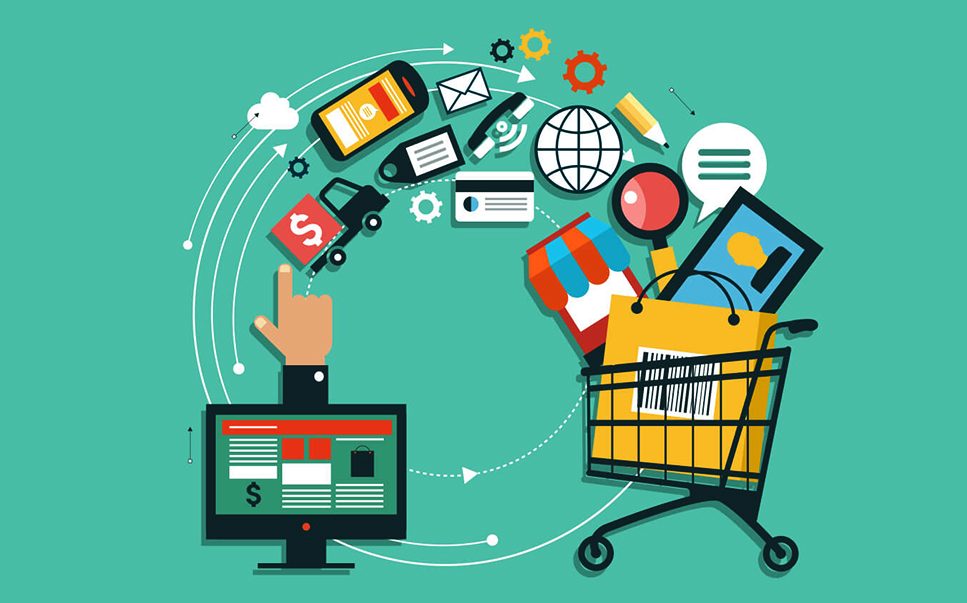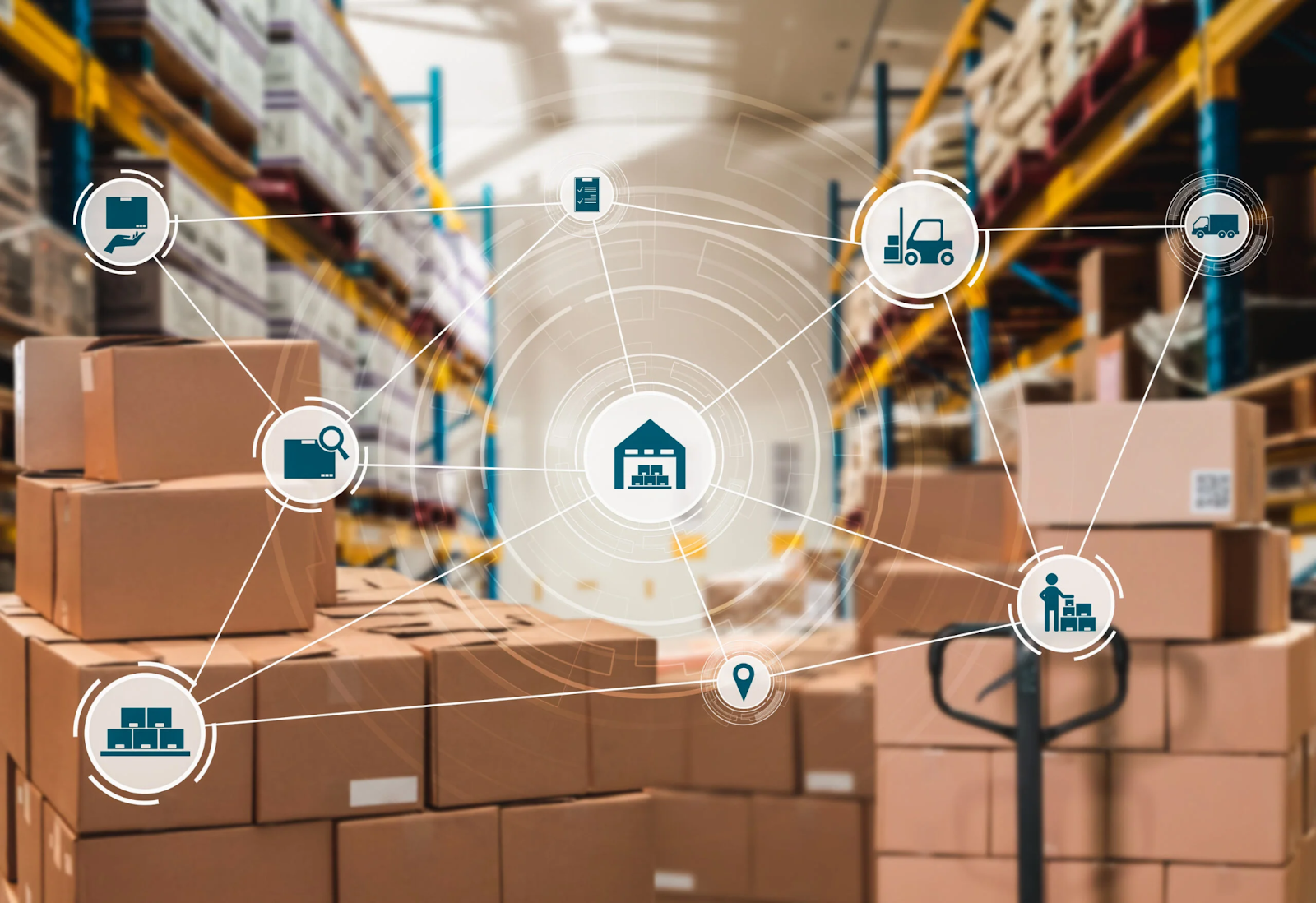Ecommerce has matured into one of the most competitive business sectors in the world. With millions of companies selling online, customers now expect speed, accuracy, and personalized service with every order. Businesses that fail to deliver risk losing customers within minutes. Against this backdrop, automation has become the cornerstone of modern ecommerce.
Automation is more than just a set of tools. It is a shift in how companies operate. By letting digital systems take care of repetitive and data heavy tasks, businesses free their teams to focus on strategy, creativity, and human relationships. The result is not only greater efficiency but also the ability to compete in markets where margins are shrinking and customer expectations are rising.

Understanding the Core of Ecommerce Automation
Ecommerce automation refers to the use of technology to handle routine operations such as marketing campaigns, order management, customer support, and fraud detection. What once required dozens of manual processes can now be executed by algorithms in seconds.
For example, instead of manually updating stock levels every day, automated inventory systems synchronize sales data with warehouses in real time. Instead of sending generic newsletters, marketing automation tools generate personalized campaigns based on customer behavior. Instead of placing every order into the system by hand, automated order processing reduces human error and accelerates fulfillment.
This transition does not eliminate human roles. Rather, it redefines them. Teams become supervisors and analysts instead of clerks and data entry staff.
Key Benefits of Ecommerce Automation
Businesses that integrate automation experience measurable improvements. The most widely recognized benefits include:
- Efficiency. Manual tasks such as order entry, shipment tracking, and report generation can be automated, saving time and reducing errors.
- Scalability. Companies can handle thousands of transactions per day without adding staff.
- Cost reduction. Automation reduces labor costs and minimizes losses caused by mistakes.
- Consistency. Customers receive the same level of service regardless of time zone or order volume.
- Customer satisfaction. Faster responses and personalized experiences increase loyalty.
These gains translate into real financial impact. For many retailers, automation is the difference between operating on thin margins and maintaining healthy profitability.

Marketing Automation: From Mass Messaging to Personalization
Marketing is one of the areas most transformed by automation. Businesses can now run campaigns that adapt dynamically to customer actions. Automated tools track browsing history, purchase patterns, and even timing of interactions to deliver the right message at the right time.
Examples include:
- Automated abandoned cart reminders that recover lost sales.
- Personalized product recommendations based on browsing history.
- Segmented email campaigns that nurture leads over time.
- Real time social media ads that adapt to user interests.
The Graphlogic Generative AI & Conversational Platform supports this approach by enabling brands to deploy AI driven agents that interact with customers across multiple channels. This platform allows businesses to design conversations that feel natural and context aware, creating experiences closer to human interaction than traditional marketing campaigns.
Automation here is not about blasting out messages. It is about relevance, timing, and personalization at scale.
Customer Service Automation: The Balance Between Speed and Empathy
Customer service is often the deciding factor in whether a shopper returns. Automation has revolutionized this field through AI powered chatbots, self service portals, and intelligent ticket routing.
Benefits include:
- 24 hour availability for routine queries.
- Consistent and accurate responses.
- Faster resolution of common issues.
- Reduced workload for human agents.
Yet customer service requires careful balance. Automation can frustrate if customers feel trapped in loops or unable to reach a person. The best practice is hybrid support: chatbots handle routine questions, while complex or emotional issues are escalated quickly to human agents.
Self service tools such as knowledge bases and automated FAQs empower customers to solve problems independently, while feedback surveys integrated into chat systems capture valuable data for improvement.
Automation does not replace empathy. Instead, it frees humans to focus on situations where empathy and judgment are essential.

Order Management: Precision at Every Step
Order management involves multiple steps, from receiving orders to shipping them out. Each step carries the risk of errors if handled manually. Automation brings speed and precision.
Automated order systems manage data entry, routing, and label creation. They ensure orders are processed without delays and with fewer mistakes. Companies report up to 30% faster shipping times after implementing automated order handling.
Inventory management is another critical area. Real time synchronization of sales data with stock levels prevents both stockouts and costly overstocks. Automated alerts notify managers when stock falls below thresholds or automatically trigger replenishment orders.
Here, voice technology adds another layer of efficiency. The Graphlogic Text-to-Speech API allows teams to interact with systems using voice commands, making it easier to manage large catalogs and complex workflows hands free. This feature is especially useful in warehouses or fast paced retail environments where speed is essential.
Fraud Detection: Guarding the Digital Storefront
Fraud is a constant threat in ecommerce. Chargebacks, stolen credit card details, and fake accounts can drain revenue and damage reputation. Automated fraud detection systems analyze transactions in real time, flagging suspicious activity before it escalates.
These systems use algorithms trained on millions of transactions. They can identify patterns that humans might miss, such as small irregularities in billing addresses, unusual purchase sizes, or inconsistent login locations.
By automating fraud checks, businesses reduce losses and reassure customers that their payments are secure. Fraud detection is not just about protecting profits but also about maintaining trust.
Future Trends in Ecommerce Automation
The next decade will bring deeper integration of automation across all ecommerce operations. Key trends include:
- Smarter AI. Natural language processing will allow chatbots to understand nuance, tone, and context better than today. Recommendation engines will predict what customers want before they know it.
- Unified ecosystems. Businesses will increasingly adopt integrated platforms that connect marketing, logistics, and support into a single data flow. This reduces silos and improves efficiency.
- Voice commerce. Shopping through smart speakers and mobile voice assistants will expand, offering customers new ways to place orders.
- Hyper personalization. Automation will enable retailers to deliver offers and experiences tailored not only to past behavior but also to real time context.
- Automation beyond sales. HR, finance, and supply chain processes will also see deeper automation, creating fully digital businesses.
Companies that embrace these trends early will maintain a competitive edge as customer expectations evolve.

Best Practices for Adopting Automation
Adopting automation requires careful planning. Businesses that succeed usually follow these steps:
- Start small. Automate the most repetitive and time consuming tasks first.
- Integrate tools carefully. Choose platforms that work with existing systems instead of creating new silos.
- Prioritize data quality. Automation depends on accurate data. Regular audits are essential.
- Train staff. Employees must understand how to work alongside automated tools.
- Iterate continuously. Monitor performance and adjust processes based on results.
Automation is not a one time project. It is an ongoing practice of refinement and improvement.
Case Studies: Automation in Action
Fashion retailer. A mid-sized online clothing brand faced growing challenges with order accuracy during seasonal peaks. Customers often received the wrong sizes or colors, and the return rate was above 12%. After implementing automated order management, including digital routing and error checking, shipping mistakes dropped by 40%. The system automatically verified order details against stock availability, flagging potential mismatches before fulfillment. Customer complaints about late or incorrect deliveries declined, and the company reported higher satisfaction scores in post purchase surveys. Within one year, the return rate fell to 7%, which also cut logistics costs.
Electronics seller. Fraud was a major concern for a mid sized electronics retailer dealing with high ticket items such as smartphones and laptops. Before automation, staff manually reviewed suspicious transactions, often delaying legitimate orders and frustrating customers. By introducing automated fraud detection powered by machine learning, the company reduced chargebacks by nearly one third. The system identified unusual purchase patterns such as multiple high value orders from new accounts or mismatched billing addresses. This allowed faster approval of genuine transactions and immediate blocking of suspicious ones. Over two years, the savings reached millions of dollars, not only by reducing fraud but also by protecting customer trust and brand reputation.
Health and wellness store. A growing health and wellness ecommerce business struggled with low repeat purchase rates despite strong initial sales. Marketing campaigns were generic and resource intensive, leading to poor engagement. By adopting marketing automation, the company shifted to personalized customer journeys. Automated email flows delivered supplement recommendations based on previous purchases and browsing behavior. Cart abandonment reminders were triggered within hours instead of days. Targeted ads reinforced product relevance across social media. Within six months, repeat purchases increased by 25%, while email open rates doubled. The company also freed up its marketing team to focus on new product launches rather than day to day campaign management.

Home décor marketplace. A small but fast growing marketplace selling home décor items struggled to keep up with order spikes during holidays. Manual coordination with suppliers led to frequent stockouts and delayed shipments. After integrating automated inventory alerts and supplier notifications, the platform maintained stock accuracy above 95%. When demand surged for trending products, restocking was triggered automatically, preventing missed sales. Customer reviews highlighted faster delivery and better availability, giving the brand a competitive advantage.
Food subscription service. A subscription based food delivery company faced high customer churn because cancellations were difficult to process and personalized offers were missing. Automation streamlined subscription management, allowing customers to pause, skip, or change plans without contacting support. Personalized recipe recommendations and renewal reminders increased engagement. Within a year, churn dropped by 18%, and customer lifetime value grew significantly.
These examples highlight that automation is not reserved for large corporations with unlimited budgets. Small and medium businesses achieve measurable gains when they identify the right processes to automate. Whether reducing order errors, protecting against fraud, or driving repeat sales, automation delivers tangible results across different industries.

Rarely Discussed Aspects of Automation
While the benefits are clear, automation also brings challenges that deserve attention.
- Hidden costs. Initial savings may be offset by integration, training, and maintenance expenses. Companies that underestimate these investments risk financial strain. Budgeting carefully and planning for ongoing support is essential.
- Bias in AI. Algorithms are only as fair as the data they are trained on. If historical data reflects bias, automated systems may reinforce it. This can lead to skewed recommendations or unfair fraud flags. Ongoing audits and diverse data inputs are critical for reducing bias.
- Customer resistance. Not every customer welcomes automation. Some find chatbots impersonal or frustrating. Businesses that are transparent about when a conversation is automated versus human build greater trust. Providing clear options to escalate to a person improves acceptance.
- Regulation. Data privacy laws such as GDPR and CCPA impose strict requirements on how customer data is collected, stored, and processed. Automated systems must comply fully to avoid legal penalties. Regular reviews of compliance and security are necessary.
Building the Future of Ecommerce
Ecommerce automation has moved from being a competitive advantage to an operational necessity. It enables efficiency, scalability, and customer satisfaction in a crowded market. Companies that balance automation with human oversight, train their teams well, and embrace continuous improvement will thrive.
The technologies are available now. Platforms such as the Graphlogic Generative AI & Conversational Platform and the Graphlogic Text-to-Speech API provide practical solutions for marketing, service, and order management challenges.
The future belongs to businesses that use automation wisely: not as a replacement for human skills, but as a partner that allows people to focus on creativity, empathy, and strategy. The outcome is more resilient operations, stronger margins, and customers who remain loyal in a marketplace defined by choice.
FAQ
It is the use of AI and digital tools to handle routine ecommerce tasks such as order processing, marketing, fraud detection, and customer service.
It provides faster responses, more accurate fulfillment, and personalized recommendations, leading to higher satisfaction.
It removes repetitive tasks but does not replace empathy or complex judgment. Human staff remain essential.
Fraud detection systems analyze transactions in real time and significantly reduce fraud, though they require constant updating to remain effective.
Yes. Automation tools are now accessible to companies of all sizes. Even small retailers can save time and reduce errors with modest investments.

